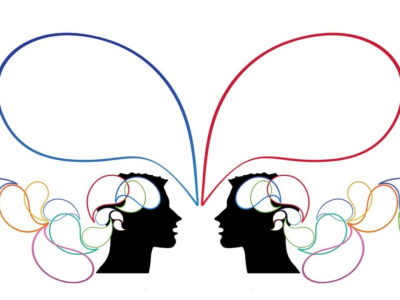
There’s no denying that today’s healthcare system has many areas in need of improvement, and communication between physicians and patients is one of the most critical. Strengthening this aspect of care can significantly improve patient satisfaction — and ultimately, patient outcomes. The points below highlight how clinicians can elevate the quality of their interactions and build more meaningful, effective connections with the people they treat.
A major barrier to clear communication is low health literacy. Many patients struggle to fully understand medical terms, treatment plans, or written instructions. Studies show that only about 12% of adults have strong health literacy skills. When patients can’t grasp key information, it becomes harder for them to follow instructions, make informed decisions, or manage their own care — which can lead to poorer health results.
To address this challenge, healthcare providers must be intentional about how they engage with patients. The foundation of strong communication begins with building trust. Simple actions — such as greeting patients warmly, maintaining eye contact, and ensuring they feel at ease — can set the stage for better dialogue. Demonstrating empathy and practicing active listening are equally important. When patients feel ignored or rushed, their willingness to open up decreases, and misunderstandings become more likely. Although developing rapport can be difficult in a fast-paced environment, it’s a crucial part of effective care.
Explaining diagnoses, treatment choices, and care plans also requires thoughtful communication. Small adjustments in tone, pacing, or word choice can make complex concepts far easier for patients to understand. Paying attention to non-verbal signals — both from the patient and from oneself — helps reinforce clarity and trust. Asking patients to repeat instructions in their own words is another simple but powerful way to ensure they fully understand how to care for themselves or use their medications correctly. These small efforts contribute to a stronger partnership between provider and patient.
Beyond individual interactions, healthcare organizations can also support better outcomes through structural changes. In many cases, patients would benefit from longer appointments, especially when discussing new diagnoses or intricate treatment plans. Even though staffing shortages and heavy workloads make this difficult, allocating more time where possible can greatly improve comprehension and adherence. Encouraging patients to schedule regular follow-up visits also reinforces continuity of care and helps them feel confident that their recovery and well-being are a priority.
For more information on the importance of effective physician-patient communication, please see the accompanying resource from Endicott Call Centers, a provider of customer care outsourcing solutions.











